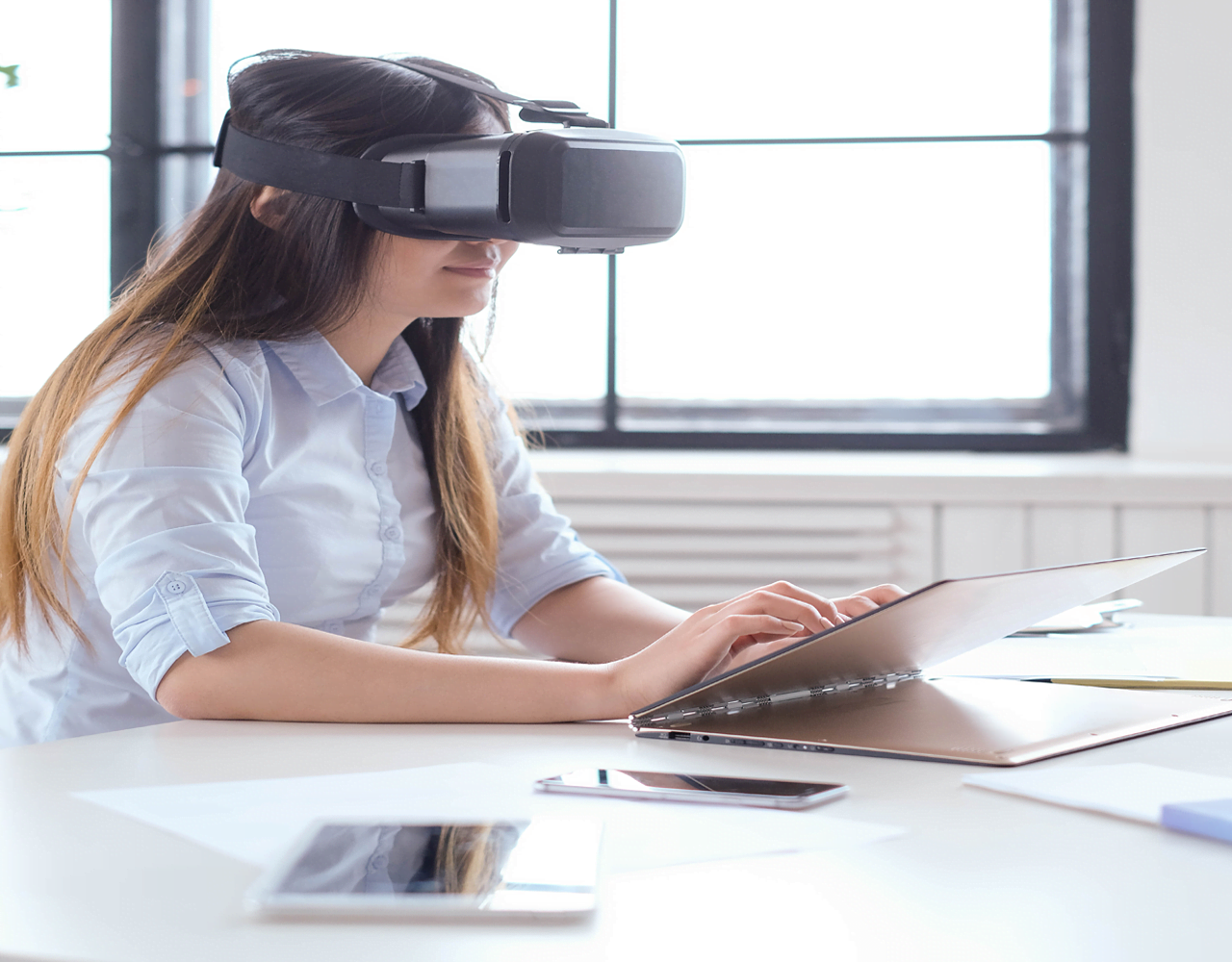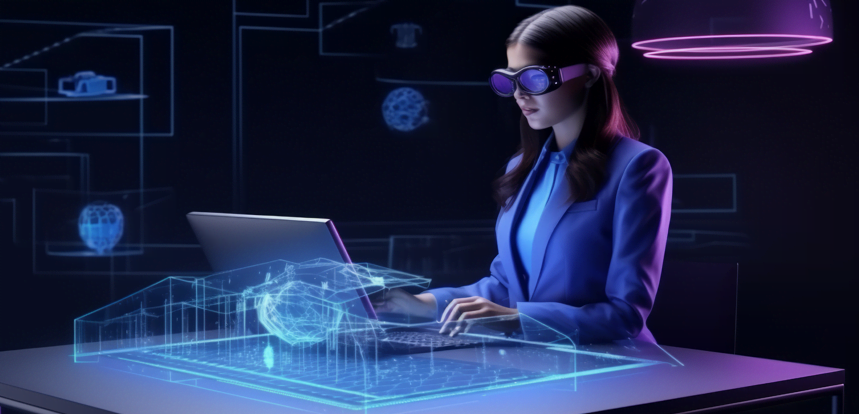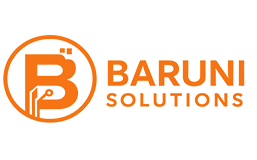Trusted by startups and Fortune companies
Let's Discuss Your Project
Get free consultation and let us know your project idea to turn it into an amazing digital product.
Contact UsOur Expertise in Computer Vision
At Baruni Solutions, our computer vision software developers excel in various areas of computer vision. With extensive experience in complex algorithms, frameworks, and technologies like OpenCV, TensorFlow, and PyTorch, we develop highly performant and reliable computer vision applications.

Leading Computer Vision Development Company
At Baruni Solutions, our computer vision expertise empowers businesses globally to scale, transform, and gain a competitive edge through our groundbreaking solutions.
Our deep understanding of diverse business domains, proven methodologies, and technical prowess allows us to deliver exceptional solutions that drive significant value. As a premier custom computer vision development company, we put our clients' needs at the forefront, embracing a client-centric approach to achieve outstanding results.
- Access to elite data science professionals.
- Proven track record with a wide range of clients.
- Comprehensive services from concept to execution.
- Seamless collaboration across time zones.
- Uncompromised security for your data.
- Reliable and timely project completion.
Got a Project in Mind? Tell Us More
Drop us a line and we'll get back to you immediately to schedule a call and discuss your needs personally.
Get StartedUnderstanding Computer Vision Software Development
GUIDE TOPICS
Introduction to Computer Vision Software Development

Computer Vision Software Development is a cutting-edge field where we teach computers to perceive and interpret the visual world as humans do. This technology allows computers to 'see' and analyze images and videos, playing a crucial role in artificial intelligence (AI). Computer vision enables machines to recognize objects, track movements, and even identify faces, unlocking exciting opportunities across various industries.
Types of Computer Vision
- Object Detection: Locates and identifies objects within images or videos, crucial for security systems and autonomous vehicles to detect obstacles.
- Image Classification: Categorizes images into predefined groups, useful for sorting images, identifying objects, and classifying diseases from medical images.
- Facial Recognition: Identifies and verifies individuals by analyzing facial features, widely used in security systems, access control, and smartphone unlocking.
- Optical Character Recognition (OCR): Extracts text from images or scanned documents, enabling digitization of printed or handwritten text, used in document scanning and data entry.
- Gesture Recognition: Allows computers to understand human gestures, used in gaming, virtual reality, and smart device control.
- 3D Computer Vision: Creates three-dimensional models from two-dimensional images or videos, essential in robotics and augmented reality.
- Motion Analysis: Tracks and understands movements in videos, applied in sports analysis, surveillance systems, and animation.
Benefits of Computer Vision Development

- Automation: Automates repetitive tasks by enabling machines to 'see' and make decisions based on visual data, such as identifying product defects on manufacturing lines.
- Enhanced Security: Plays a vital role in security systems by recognizing faces, identifying suspicious activities, and monitoring areas in real-time.
- Improved Healthcare: Assists in analyzing medical images like X-rays and MRIs to help doctors diagnose diseases accurately.
- Retail Efficiency: Powers visual search engines, cashier-less stores, and inventory management systems, enhancing the shopping experience and optimizing inventory levels.
- Autonomous Vehicles: Enables self-driving cars to 'see' and understand the road environment, ensuring the safety and functionality of autonomous vehicles.
Software Used for Computer Vision
- OpenCV: An open-source computer vision library providing various tools for image and video analysis, known for its versatility and community support.
- TensorFlow: A popular machine learning framework with modules for computer vision tasks, known for its flexibility and scalability.
- PyTorch: A deep learning library favored for its ease of use and dynamic computation capabilities, widely used for image analysis and computer vision.
- Dlib: A toolkit offering machine learning and computer vision tools, renowned for its facial recognition capabilities.
- Scikit-image: A Python library designed for image processing, straightforward and useful for basic image analysis tasks.
- MATLAB: Provides a range of tools for image processing and computer vision applications, widely used in academia and research.
These software tools empower developers to create computer vision solutions with pre-built functions and algorithms for image and video analysis, chosen based on project requirements and familiarity with the tools.
Best Practices for Integrating Computer Vision

- Data Quality: Ensure clean, diverse, and representative data for training models to achieve reliable results.
- Testing: Conduct rigorous testing and validation of models before deployment to identify and correct errors and fine-tune performance.
- Privacy: Handle sensitive data responsibly, especially in facial recognition applications, ensuring compliance with privacy regulations.
- Scalability: Design systems to handle larger datasets and increased processing demands as data grows.
- Monitoring: Continuously monitor and maintain models, periodically retraining and updating them to adapt to changing conditions and data.
These practices ensure successful integration of computer vision technology while maintaining accuracy, privacy, and reliability.
Use Cases for Computer Vision Software Across Different Industries
- Healthcare: Diagnosing diseases from medical images, monitoring patient conditions.
- Retail: Visual search, cashier-less stores, inventory management.
- Manufacturing: Quality control, defect detection, robot guidance.
- Automotive: Autonomous driving, driver assistance systems.
- Security: Facial recognition, object tracking in surveillance.
- Agriculture: Crop monitoring, pest detection, yield prediction.
Typical Process of Computer Vision Software Development

- Data Collection: Gather a large dataset of images or videos.
- Data Preprocessing: Clean and prepare the data for training.
- Model Selection: Choose a suitable computer vision model or algorithm.
- Training: Train the model on the dataset using machine learning techniques.
- Testing and Validation: Evaluate the model’s accuracy and adjust as needed.
- Integration: Integrate the model into your application or system.
- Deployment: Deploy the computer vision software for real-world use.
- Monitoring and Maintenance: Continuously monitor and update the model for optimal performance and accuracy.
Frequently Asked Questions
Answer. Baruni Solutions has a team of experienced developers specializing in computer vision technologies. We have a proven track record of delivering custom computer vision solutions across various industries. Our commitment to quality, security, and innovation distinguishes us in the market.
Answer. We utilize a range of technologies and tools for computer vision development, including deep learning frameworks like TensorFlow and PyTorch, OpenCV for computer vision libraries, and programming languages such as Python and C++.
Answer. Our pricing for computer vision software development services depends on the project’s complexity, scope, and specific requirements. Please contact us for a customized quote tailored to your project needs.
Answer. Yes, we have experience managing projects of all sizes, from small proof-of-concept prototypes to large-scale, enterprise-level computer vision solutions. Our team customizes our services to fit your project requirements.
Answer. We prioritize data security and privacy by implementing robust data protection measures, adhering to relevant regulations, and ensuring secure data handling throughout the development process.
Answer. Project timelines vary based on complexity and requirements. After assessing your specific needs, we provide a detailed project timeline during the initial consultation phase.
Answer. Yes, we provide post-launch support and maintenance services to ensure your computer vision software stays up-to-date, secure, and optimized for performance.
Client Feedback on Our Services
We sincerely appreciate the trust our clients place in us and take pride in providing quality solutions that surpass their expectations. Here's what some of them have to say about their experiences:






